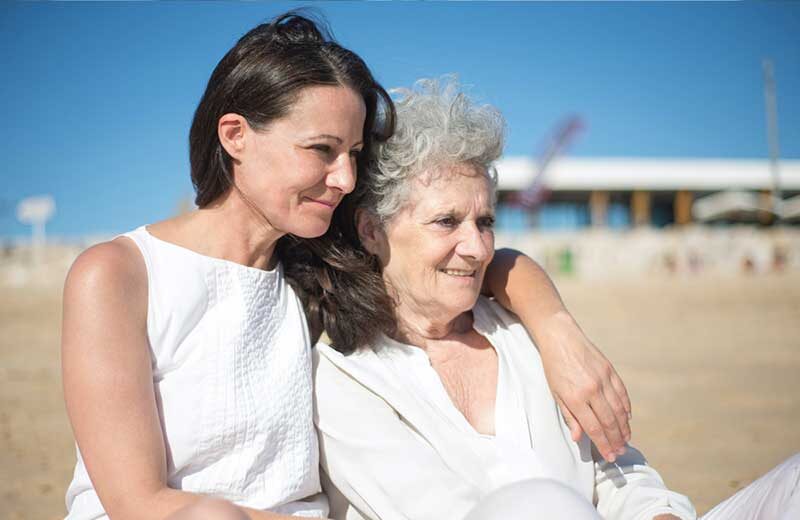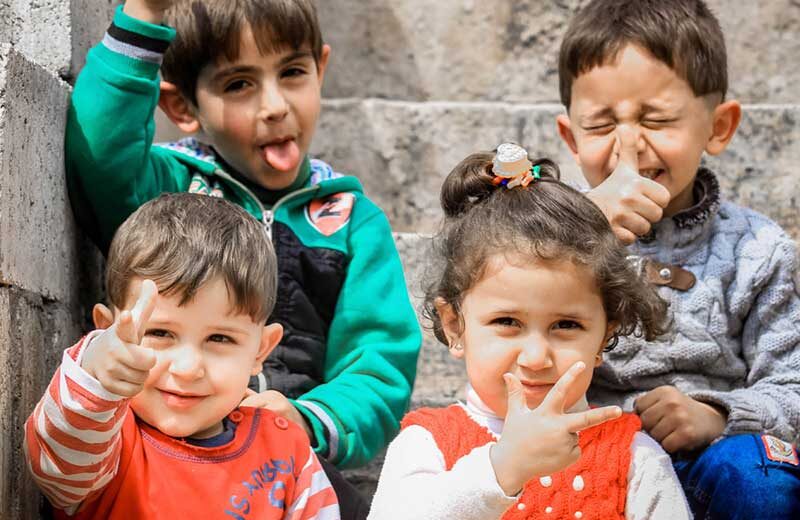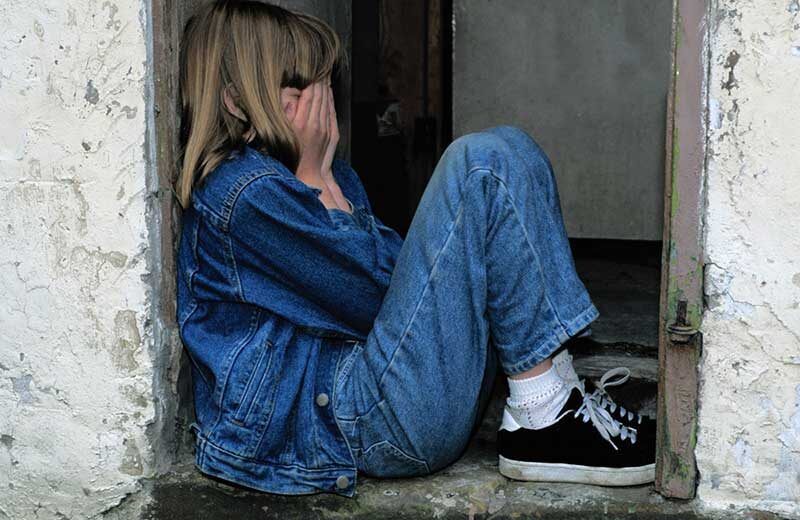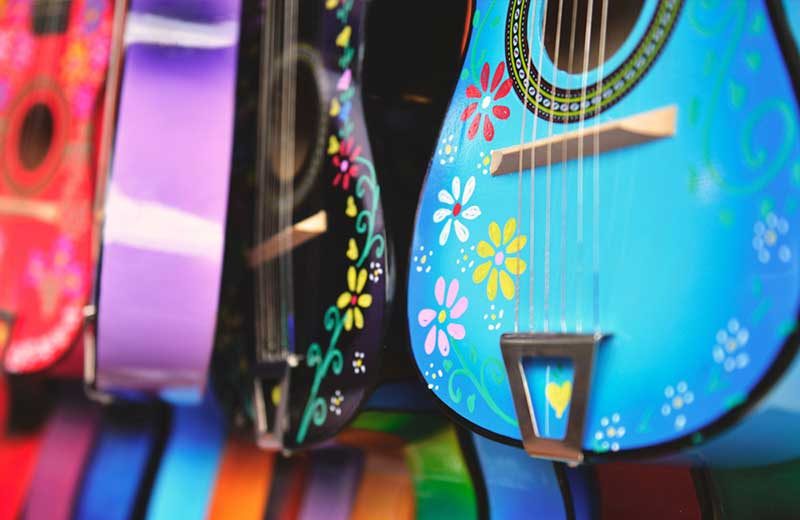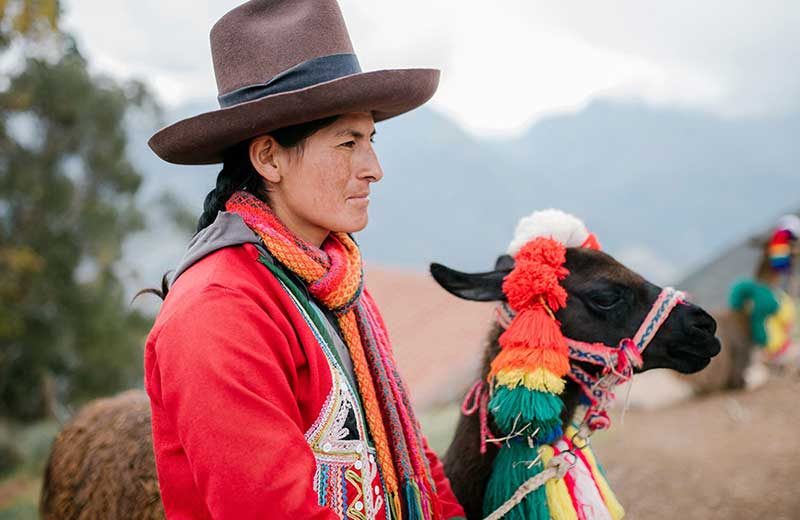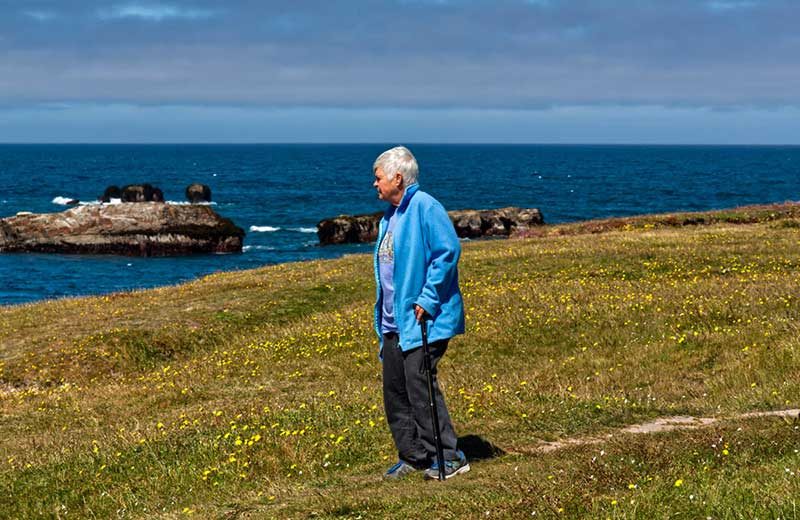The customs related to death have arranged social behavior in every part of the world according to religions and traditions. In most cases, mourning is the way in which grief is expressed at the loss of a loved one, and this is shown through outward signs such as clothing, ornaments, and other objects during and after funerals. This behavior demands rigor, such as abstaining from entertainment or activities outside the home.
Farewell to my mother, grieving in adulthood
The loss of a mother represents one of the most terrible pains that a person can suffer. Our culture has placed the maternal role in a privileged and indispensable place because, in addition to providing life, she is a protector, educator, and the one who feeds, which is why it is so difficult to survive her absence.
Living in peace: a child’s right
We all receive information through the news about children who have been assaulted somewhere in the world, whether at school, at home, or in the streets. Others suffer labor exploitation due to economic necessity, war, displacement, or living in refugee camps. All these situations compromise their lives permanently, so it is imperative to prioritize the welfare of children and build peaceful spaces for their development.
How to talk about grief with children?
Years ago, children played in gardens or in the countryside, close to nature, and observed life cycles. They had a closer coexistence with their loved ones: grandparents were accompanied in their illnesses and when they died, funerals were held in their homes. In our time, despite access to media information, medical advances, and constant migration, children have distanced themselves from the knowledge of death and the way in which mourning is experienced throughout life.
What to do, who to call?
When a loved one has passed away, the feeling that it generates is one of surprise and rupture. Uncertainty and disorientation grip us. It does not matter if the person was terminally ill and we had time to prepare ourselves, the impact is always sudden. For this reason, prevention takes on a relevant importance, to have at hand information and a plan to make things easier.
Dying of love
On December 27, 2016, renowned actress Carrie Fisher passed away due to complications from cardiac arrest; the following day, her mother, the also famous Debbie Reynolds suffered a cerebral hemorrhage and died.
Music to ease the soul
Since ancient times music has been a source of comfort: it evokes moments of joy or sadness, as well as wishes for good fortune. The ancient Mexicans used to sing the Xochipitzahua, which means little flower. It was performed in all kinds of celebrations, of life and death. To this day, in many Nahuatl-speaking communities, it is used as a ritual to purify births, baptisms, marriages, santorales and funerals.
Indigenous Women’s Day
The women who live in the rural communities of the native peoples fulfil functions of great importance in the life cycle of their population. They participate in agricultural activities, and animal husbandry, are cooks, weavers, merchants, healers, midwives, mothers, and wives and help organize all the traditional religious ceremonies that include funerals and subsequent rituals.
Alone Against The World
Since June 23, 2011, the General Assembly of the United Nations has declared a day to make visible and draw the attention of the world population to the vulnerability suffered by women who have lost their husbands, the so-called widows.
Hospices For The End Of Life
Nowadays there is an increasingly widespread culture of acceptance of death when it comes to terminal patients whose conditions can no longer be treated with advances in medical science. In those moments, many people affirm that they want to spend their last days assisted in their physical needs, enjoy the company of their loved ones, order pending issues, and surround themselves with a spiritual environment outside the hospitals where they are treated.

